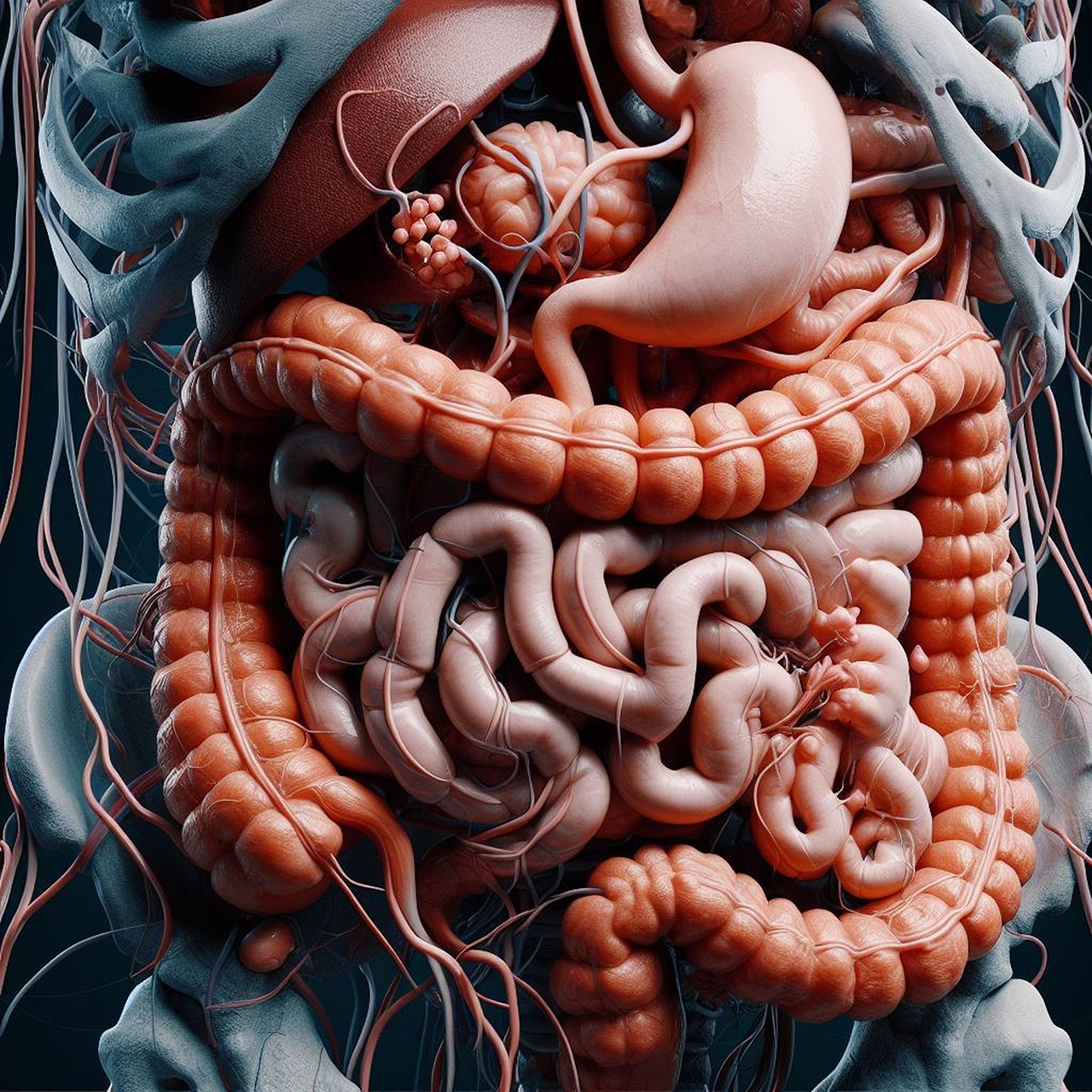
Glaucoma is one of the leading causes of vision problems and blindness worldwide. When you’re healthy, it’s easy to take certain aspects of your health for granted. This includes your eyesight, along with the ability to read and enjoy looking at beautiful things. Your sight, despite being one of the most important senses, is often overlooked. Without proper vision, your daily functions would be limited and stifled. It would become harder to work, get around, and recognize places or individuals. Needless to say, vision problems will impact your quality of life.
In a recent 2020 statistical analysis, 80 million people across the globe were reported to have glaucoma. Research suggests that the number will increase to 111 million individuals by the year 2040. According to the World Health Organization, and remember that glaucoma Is one of the leading causes of blindness and poor vision globally. Despite this fact, not many people know about this eye condition that results from damage to the optic nerves. Learn more about glaucoma below to protect your vision.
What is Glaucoma, and What Causes it?
Glaucoma is the resulting condition once there is damage to the optic nerve. This nerve connects the eyes to the brain and is responsible for transmitting images. Medical experts suggest that glaucoma is caused by pressure build-up in the eye. This pressure is a result of the accumulation of a fluid called aqueous humor.
The eyes naturally produce this fluid and it is responsible for supplying the eye with nutrition and maintaining the pressurization within the area. While aqueous humor plays an essential role in managing pressure within the eye, too much of it can create excess pressure that could damage the optic nerves.
Anatomically, the aqueous humor is supposed to drain through the trabecular meshwork tissue of the eye, angled where the iris and cornea converge. However, an overproduction or poor drainage of the fluid is what causes this extreme pressurization.

Different Types of Glaucoma
Ophthalmologists or eye specialists group glaucoma into different categories. Each is characterized based on how the damage occurs. But one thing is sure, any of these categories can eventually lead to blindness if untreated.
1. Angle-Closure Glaucoma
This type of glaucoma happens when the iris, the colored part of the eye, bulges forward. This results in the narrowing or blockage of the angle which the fluid is supposed to drain into, leading to poor circulation of aqueous humor fluid. This increases pressure in the eye. Noteworthy, other individuals have narrow drainage angles, to begin with. This increases the risk of developing glaucoma.
2. Open-Angle Glaucoma
The most commonly occurring type of glaucoma is open-angle glaucoma. This happens when the drainage angle remains open, as the name suggests. However, because of that, the trabecular meshwork tissue becomes blocked. This results in the gradual increase of pressure inside the eye, which damages the optic nerve.
3. Normal-Tension Glaucoma
Normal-tension glaucoma is glaucoma that occurs despite the pressure in your eye being within the normal range. The cause for this type of glaucoma is still unknown; however, doctors suggest that it is due to having a sensitive optic nerve, or poor blood circulation to the said nerve. This may be caused by other medical illnesses known to constrict blood flow to different parts of the body, like illnesses concerning the buildup of plaque in the heart’s arteries due to high cholesterol.
4. Pigmentary Glaucoma
This occurs when the pigment in your iris seeps into and builds up in the drain angles and channels. This blocks fluid from exiting your eye.
Signs and Symptoms of Glaucoma
The signs and symptoms of glaucoma may vary depending on the type and stage of your condition.
For acute angle-glaucoma, symptoms include:
- Severe headaches
- Eye pain
- Vomiting
- Nausea
- Blurry vision
- Seeing halos around lights
- Eye redness
For open-angle glaucoma:
- Patchy spots of blindness in your side vision, also known as peripheral vision, in both eyes and occur frequently
- In advanced stages, tunnel vision may occur
For pigmentary glaucoma:
- Blind spots in peripheral vision
- Sporadic sighting of halos around lights and blurry vision
For normal-tension glaucoma:
- Peripheral vision loss
- Tunnel vision

The Treatment for Glaucoma
Glaucoma, in its early stages, is still treatable. However, if left unchecked and untreated, it may progress to complete loss of vision or total blindness. If ever you start to notice symptoms of glaucoma, the first course of action would be to seek advice from an ophthalmologist. The following are some of the treatments for glaucoma:
Eyedrops
Doctors may recommend prescription eye drops to decrease pressure in the eye and clear out blocked drainage pathways. There are many different types of eye drops that work differently. Beta-blockers reduce aqueous humor production and Prostaglandins increase outflow, to name a few. Be sure to check with your doctor which medicine is appropriate for you.
Oral treatment
Oral medication may be prescribed. This is usually a carbonic anhydrase inhibitor. However, this oral medication may result in side effects, like frequent urination, and even kidney stone formation.
Surgeries and therapy
With technology today, doctors might recommend you undergo laser surgery, laser therapy, filtering surgery, drainage tubes, or minimally invasive glaucoma surgery to relieve your condition.
Listen to your doctor’s suggestions and follow all the prescribed medications. The curative treatments given to you are based on your unique needs. It can be a combination of solutions based on the severity of your eye condition. Some people add a few alternative therapies into their glaucoma management routine such as cannabis use, but speak to your doctor first.
Risk Factors for Developing Glaucoma
Studies strongly suggest that genetics plays a big role in determining whether or not you may develop glaucoma. Often, those who are at increased risk of getting glaucoma are the following:
- Those aged 60 and above
- Having high internal eye pressure
- Being of black, Hispanic, or Asian descent
- Those with a family history of glaucoma
- Having medical conditions linked to poor sight, like sickle cell, heart disease, and diabetes among many others
- Being too near or farsighted
- Having been subject to traumatic injury to the eye or the head
- Prolonged usage of eyedrops
Can Children Get Glaucoma?
While glaucoma is almost always regarded as a condition reserved for those in their senior years, children could also develop it. As doctors suggest, the onset of glaucoma is primarily caused by genetics, so children who have a family history of glaucoma may develop it. Additionally, children whose eyes were underdeveloped in the womb or have weak optic nerves may also acquire glaucoma.
Early Prevention of Glaucoma
If you are lucky to have not noticed a single symptom in yourself, it may be time to take early preventive measures especially if you have a family history of glaucoma. Why wait for symptoms to start? For starters, consider taking a CircleDNA test, a comprehensive at-home DNA test that tells you which health conditions you may be genetically at risk of developing.
Moreover, schedule regular checkups with your ophthalmologists. It also helps to get a full medical exam in order to identify any undiagnosed medical issues, if any, that may be related to eyesight problems. Remember that staying proactive with preventive screenings and diagnostics could lead to early detection. Early diagnosis improves treatment outcomes and provides care at the earliest possible stage avoiding more complex procedures, complications, and higher costs.






